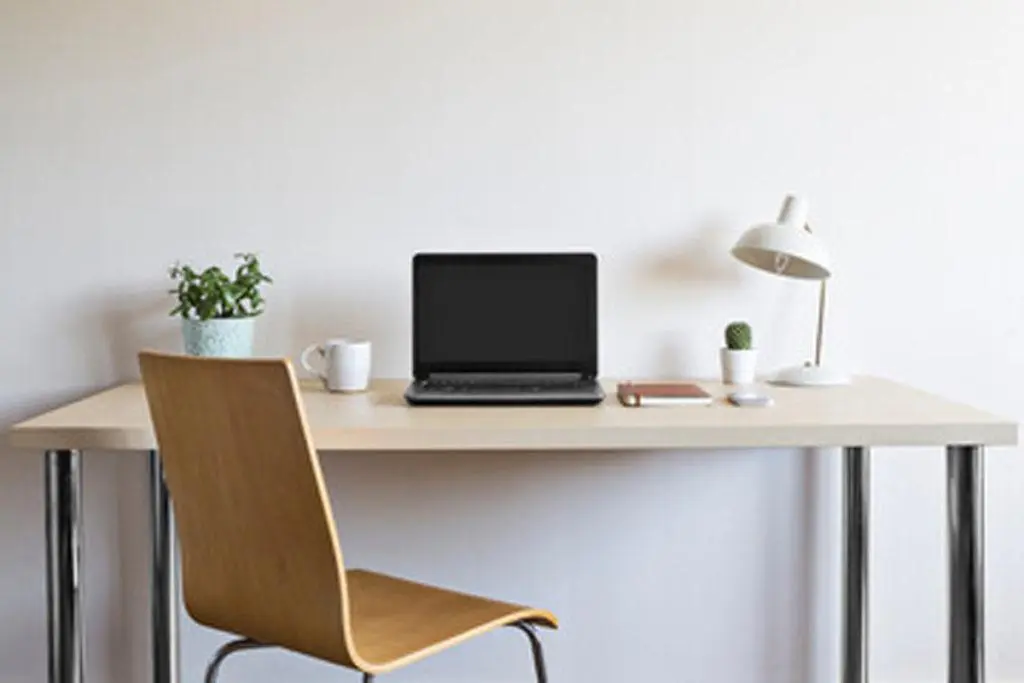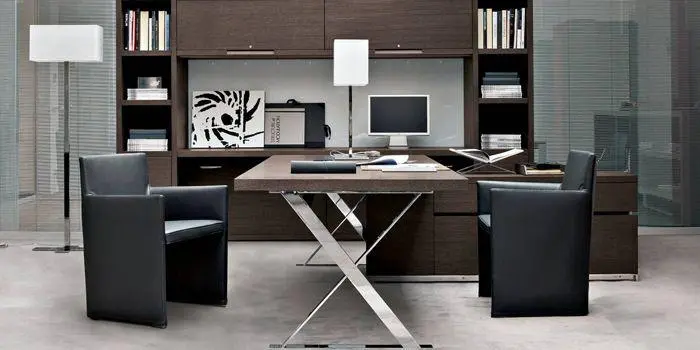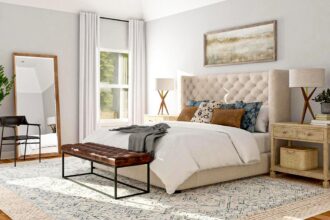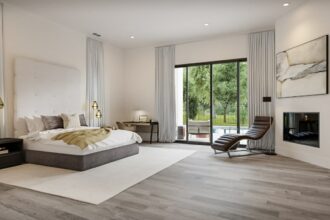When you work at home, your office is likely to be the most important space in your home. It plays a critical role in how productive you are, not to mention how much enjoyment you get out of working at home. That’s why it’s so important to have the right office furniture and layout for your office—it can boost productivity and make working from home a more enjoyable experience overall.
CHOOSE COMFORTABLE FURNITURE THAT YOU LIKE TO LOOK AT.
As you’re shopping for the right office furniture, it’s important to consider how much time you will be spending in your office each day. If you work from home or have an office space, make sure the furniture is comfortable and fits your needs as well as any other family members who may use it.
If possible, test out some chairs before buying them so that they feel right when sitting at a desk for long periods of time. You’ll also want to make sure that whatever chair(s) or desk(es) are purchased are aesthetically pleasing–you’ll want something nice enough so that others visiting the area will think positively about their experience there!
PLACE YOUR DESK NEAR A WINDOW OR NATURAL LIGHT SOURCE.
It’s no secret that natural light has a beneficial effect on our moods, but did you know it can also help boost your productivity? Studies have shown that exposure to natural light during the day is associated with higher energy levels and improved concentration. If possible, place your desk near a window or other source of natural light so that you can benefit from this effect.
If your office doesn’t have enough windows for everyone in the room to get their feel of sunlight (or if there are no windows at all), consider installing artificial lights as well. This will ensure that everyone has access to adequate lighting conditions when they need them throughout the day.
DON’T BE AFRAID TO GET CREATIVE WITH YOUR RIGHT OFFICE FURNITURE.
If you’ve got a small space and don’t want to clutter it up, consider having two desks in one room or even multiple rooms. You can also look into using standing desks as well! It’s important that you figure out what kind of furniture will work best for the type of work you do, but don’t think that means there aren’t any other options available if none of those ideas appeal to you. You may be surprised at how much more productive an innovative approach can make employees feel about their jobs and work environment overall.
USE COLOR TO CREATE THE RIGHT OFFICE FURNITURE IN DIFFERENT AREAS OF THE OFFICE.

Color is a great way to create a distinction between different areas in the office. Use color to make a sense of place, purpose, identity, and organization. For example, if you want people to focus on one task at a time, you could use different colors for each area or group of tasks.
The result will be an organized environment that helps employees stay focused on their responsibilities without getting distracted by other things happening around them.
INCORPORATE COMFORTABLE SEATING INTO YOUR WORK AREA.
Consider the importance of ergonomics in your office furniture selection and make sure that any chairs you purchase have adjustable features, such as a tilt lock and height adjustment.
Make sure the chair can accommodate the size of your body and how long you plan to use it for; if you spend eight hours per day sitting at a desk, investing in a good chair will help prevent back pain and other health issues associated with poor posture.
Follow the manufacturer’s instructions for adjusting both armrests so that they fit comfortably around your arms without being too high or low relative to where they rest on top of each other when folded up (i.e., not touching).
KEEP CORDS HIDDEN WHEN POSSIBLE.
When possible, try to keep cords out of sight. Cord clips and cable management systems can help you do this by keeping cables organized and out of the way. Power strips are also a great option for hiding the clutter under desks or workstations because they allow you to plug in multiple devices without having them all plugged into one outlet at once.
If it’s not possible to hide your cables completely–or if hiding them would just look messy–consider placing furniture against walls so that people don’t have to walk over them every day when moving around your office space (elevated desks are ideal for this).
CONCLUSION
We hope that you’re able to use these tips to make your Right Office furniture more productive, comfortable, and beautiful. If you have any questions about how to set up your own office, feel free to contact us! We’d love to help you create an environment that works best for you.
FAQs
Here’s a guide on how to weigh up your choices when buying office furniture.
Appearance. Appearance may sound like a superficial factor to consider, but when it comes to office furniture, appearance should not be ignored. …
Comfort and Accessibility. …
Quality and Durability. …
Affordability.
An uncomfortable setting makes employees feel tired and creates a depressing environment that is not conducive to productivity. Moreover, furniture that is not placed for optimal functionality creates a lack of flow during the workday
Create an efficient layout. A workplace reflects not only how you work but also the energy of the space. …
Use connected technology. …
Make space for collaboration. …
Control light and sound. …
Don’t use the workspace for storage. …
Ask the right questions.

Author Disclaimer
I, Charles, am a seasoned expert in divan beds and the author of this blog. The information provided is based on my extensive knowledge and experience in this field. However, please note that the content is for informational purposes only and should not be considered as professional advice. Readers are advised to conduct their own research and consult with experts before making any decisions regarding divan beds. I cannot be held responsible for any errors, omissions, or consequences resulting from the use of the information provided in this blog.





